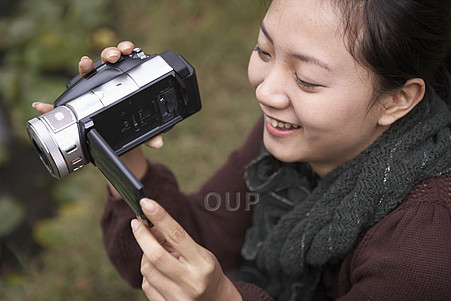 Jamie Keddie is a teacher, trainer and storyteller who has shared his insights and ideas in over 40 different countries. He is the founder of Lessonstream, the resource site for teachers. He is the author of ‘Images’ (OUP 2009), ‘Bringing online video into the classroom’ (OUP 2014) and ‘Videotelling’ (Lessonstream Books, 2017). Jamie is also an associate trainer at Norwich Institute for Language Education.
Jamie Keddie is a teacher, trainer and storyteller who has shared his insights and ideas in over 40 different countries. He is the founder of Lessonstream, the resource site for teachers. He is the author of ‘Images’ (OUP 2009), ‘Bringing online video into the classroom’ (OUP 2014) and ‘Videotelling’ (Lessonstream Books, 2017). Jamie is also an associate trainer at Norwich Institute for Language Education.
Click here to check out Jamie’s most recent blog introducing his ‘Using Video in the ELT Classroom’ webinar series’. Missed the webinar? You can find it in our webinar library.
Where do you find your videos?
This is probably the question that I get asked the most so it is a good place to start.
The reality is that most of the videos that I use in the classroom are ones that I find by accident. We are all subjected to a constant stream of online content – through news sites or social media, for example. Once I see a video that I like, I immediately ask questions such as:
- Would other people like this video as much as me?
- Can I deconstruct the video into constituent parts (audio, stills, transcripts) and use these isolated components to get students thinking, speaking, writing or learning new language?
- Can I find out more about the video and use the story behind it?
For me, it’s less about where or how I find videos, and more about recognising a good video when I see one.
What is wrong with using videos to introduce subjects?
In the webinar, I mentioned that I often ask teachers how they use video in the classroom. And in my experience, the most common answer is ‘to use them to introduce subjects and spark conversation’.
I didn’t want to imply that there is anything wrong with this approach. But I do feel that it is probably the weakest way to use video – a quick release approach in which the teacher presses play and delivers the video all at once.
Personally, I prefer to take a slow release approach: To look for ways to deconstruct the video, engage students and immerse them in the narrative. During the webinar, we explored three different deconstruction techniques: Using isolated audio, using isolated stills, and using a transcript-first approach.
How do you deal with technical issues and problems when using video in classroom?
Well, I suppose that the most familiar problem is losing or having no internet connection. Many teachers get around this by downloading videos from YouTube. When we download YouTube videos, we can store them on our devices and this allows us to display them in class without an internet connection. The problem is, however, that doing so is a breach of YouTube’s terms of services.
I suppose that my golden rule is to always have a back-up plan in case the technology fails. Not particularly useful, but surely important!
Have you ever shown your students a video you’ve filmed yourself?
Yes – absolutely! The video camera on your mobile phone is great for capturing spoken texts to take into the classroom. I often film my friends and family members and use the videos in class. Most of these are not public but I do have a YouTube channel which has a few videos like this one for example:
Would you give students the possibility to choose the videos?
I love tasks! Especially homework tasks where students choose videos that they like and then write about them. For example, ask students to go online and find an advert that they like. They can then describe it from start to finish, and put the narrative into words. But they shouldn’t say what the product it. In class, students can share their texts and guess what the mystery products are in each case.

